Cannabinoid THC Dominant
THC 21.6 - 22.8%
CBD 0.39 - 0.7%
Effect Sleepy
Side Effect Thirst and dry mouth
Flavor Spicyherbal
All About Locktite Weed Strain
THC
CBD
Potency
Locktite strain, also known as Lock tight, is an Indica-dominant (60\40) hybrid strain created by RedEyed Genetics. It appeared through a crossing between Mt. Rainier and famous GG#4, giving Locktite a lot to impress the smokers. However, this marijuana has high THC levels and may induce anxiety, that’s why it may be more suitable for experienced smokers. Yet, to ensure a pleasant experience, even veteran smokers are recommended to be mindful of the dosage. First of all, it can boast a pretty high THC content of about 21.6-22.8%, while the amount of CBD usually ranges between 0.39-0.7%. Besides that, this cannabis also contains about 0.1-0.38% of CBC, 0.1-0.8% CBG, 0.13-0,16% CBN, and 0.26-0.44% THCV. Afterward, it can show off its complex flavor profile, which emerged thanks to the following terpenes:
- Caryophyllene
- Nerolidol
- Linalool
- Limonene
- Myrcene
- Humulene
- Pinene
- Terpinolene
Locktite Strain Flavor Profile
The bud welcomes the consumer with a pungent smell that combines diesel and sweet citrus flavors. At the same time, the taste is pungent and earthy with a spicy-herbal tone. Though this cannabis contains many different terpenes, only three have a distinctive influence on the flavors. Caryophyllene is responsible for Diesel and Citrusy flavors while also contributing to spicy-herbal presence. Nerolidol combines with caryophyllene and enhances the spicy-herbal flavor. Regarding that noticeable pungency, it produces with the help of all three terpenes combined.
Common Effects and Medicinal Properties
Locktite weed strain produces a heady but relaxing high, which provides euphoria and uplift while improving creativity. The effects are rather soothing, inducing the body-high that softens the muscles without severe couch-locks. Many reviewers also say that Locktite strain is a good option for smoking in a company, as it’s a pretty giggly weed strain. Moreover, this cannabis is good at stimulating hunger, so it’s better to have something tasty in the fridge. After some time, the effects will gradually change to sleepiness, ending a fairly wholesome high. To sum it up, this marijuana makes the consumer relax mentally and physically while uplifting the mood and causing munchies. The best time for consumption is during nighttime.
Among all the variety of effects, some may become helpful for people with a range of disorders:
- Stress
- Insomnia
- Lack of appetite
- Fatigue
- Depression
- Migraines
- Anxiety
- Hypertension
- Multiple sclerosis
Unfortunately, a Loctite strain row of side-effects may also become a possibility:
- Thirst and dry mouth
- Dry eyes
- Panic attacks
- Heightened sensory perception
- Dizzy
- Concern
- Headache
- Rapid heartbeat
Info for Growers
The Locktight strain plant can be grown indoors and outdoors, with the average height ranging between 30-60 inches. To bloom, the plant takes about 71-83 days and the best time to harvest the crop comes in approximately 89 days. This kush is known to reward with decent yields of about 1-2 Oz/Ft²(~400g/m²) if growing indoors and 15-20 Oz/plant(~550g/plant) while outdoors.
Side Effects
Simply let us know how this strain tastes or write a detailed review.
Locktite Strain Cannabinoids
| THC | Tetrahydrocannabinol, or THC, is a major cannabis chemical compound. It is a psychoactive element that stimulates dopamine release and induces euphoria or happiness. THC-rich strains may be helpful with such conditions as lack of appetite, chronic pains , etc. It is considered to be the primary active marijuana component. | 21.6 - 22.8% |
| CBD | Cannabidiol, or CBD, is a major compound in cannabis, which is non-psychoactive. It is also proved to counteract the side effects of the second major component THC. CBD is widely used for medicinal purposes in rubs, oils and so on. It is helpful in muscle pain cases, may treat arthritis and migraines. Even Greeks used it against pain, while Queen Victoria applied it to get rid of menstrual cramps. | 0.39 - 0.7% |
| CBC | Cannabichromene, or CBC, is a minor cannabinoid, meaning that its quantity in cannabis is quite little. Though it has the same origin as CBD and THC, it is different in functions. Without any psychoactive effects, it is an efficient cannabis compound in combating acne and depression. CBC produces analgesic, antibacterial and anti-inflammatory effects. | 0.1 - 0.38% |
| CBG | Cannabigerol, or CBG, is one of the minor cannabis compounds in adult plants. On the other hand, young ones contain a lot of this antibacterial and anti-inflammatory component. During the growth, CBG is converted into different cannabinoids, mostly THC and CBD. The compound itself increases appetite and decreases eye pressure. | 0.1 - 0.8% |
| CBN | Cannabinol, or CBN, is a trace element in cannabis that is considered to be mildly psychoactive. It appears from oxidation THC, exposed to light and heat. CBN is mostly contained in old cannabis and in traditional hashish. It is effective against insomnia, bacterial infections and appetite loss. | 0.13 - 0.16% |
| THCV | Tetrahydrocannabivarin, or THC-V, is a compound contained in cannabis in trace amounts. Even though it is close to THC molecularly, it is different in effects. This compound may be psychoactive only in large amounts. THC-V reduces blood sugar, controls appetite, stimulates bone growth, etc. African Sativa strains are the richest in THC-V. | 0.26 - 0.44% |
Locktite Terpene Profile
| Pinene | Pinene is one of the most widespread terpenes in nature, found in pine trees, basil, nutmeg, parsley, and rosemary. Cannabis containing terpene (alpha-pinene or α-pinene) boasts a strong pine scent. Pinene is responsible for anti-inflammatory, pain-relieving, and anti-anxiety effects. | 0.03% |
| Myrcene | Myrcene (also known as β-myrcene) is one of the most common terpenes found in cannabis, representing more than 20% of the modern marijuana terpene profile. Myrcene has a distinct earthy, musky flavor, resembling cloves. It is responsible for calming and soothing effects of weed. Myrcene is also found in hops, thyme, mango, lemongrass, guava melon. | 0.11% |
| Humulene | Humulene (also known as α-humulene) is one of the major terpenes found in cannabis, contributing to woody, earthy, spicy, herbaceous, and, mainly, floral aromas of cannabis. Used in modern medicine, humulene offers anti-inflammatory, antibacterial, and appetite suppressant effects, which have been well-researched by pharmaceutical companies. | 0.09% |
| Limonene | Limonene (also known as d-limonene) is the second most common terpene in nature and the third most common terpene in cannabis. It has a powerful citrus aroma and can be found in all citruses, including lemons, oranges, grapefruits, limes, juniper, etc. Limonene is known to elevate moods and provide anxiety, depression, and stress relief. | 0.13% |
| Linalool | Linalool (also known as beta linalool, linalyl alcohol, linaloyl oxide, and p-linalool) is one of the rarest terpenes found in cannabis, mostly in small quantities. Linalool is known for its spicy and lavender aroma, bringing relaxation and calming effects. It is also said to provide anti-inflammatory and analgesic properties that can be useful for athletes. | 0.15% |
| Nerolidol | Nerolidol (also known as trans-nerolidol) is a terpene found in jasmine, tea tree, and lemongrass, as well as in some cannabis strains. Nerolidol has a distinguished floral aroma with notes of citrus, apples, and rose. The terpene has sedative, anti-anxiety, antimicrobial, anti-parasitic, anti-oxidant, and pain-relieving properties. | 0.24% |
| Terpinolene | Terpinolene is one of the most common terpenes found in cannabis; however, It's usually presented in small quantities. Is responsible for piney, floral, herbaceous, and even a little bit citrusy aroma of cannabis. Terpinolene can be found in lilacs, nutmeg, and cumin. In cannabis, terpinolene contributes to the sensation of "freshness." Has the potential to reduce the risk of heart diseases. | 0.01% |
| Caryophyllene | Caryophyllene (also known as beta or b caryophyllene) is a terpene found in many herbs and spices, such as black pepper, basil, rosemary, and oregano. Cannabis high in caryophyllene delivers a strong spicy, peppery aroma, resembling cinnamon and cloves. Caryophyllene offers potent anti-inflammatory and sedative effects. | 0.25% |
| Total terpenes content | 1.01% |
Growing Info
Locktite strain lineage
Similar Strains
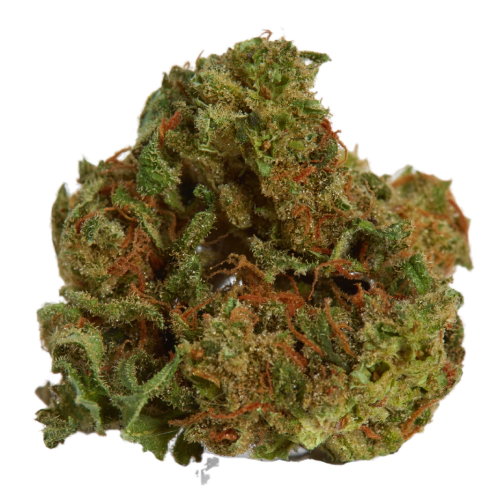
THC 21 - 24.67%
CBD 0.48 - 0.89%
Effect Relaxed
Flavor Lemon
THC 19 - 22%
CBD 0.36 - 1.45%
Effect Tingly
Flavor Cheese
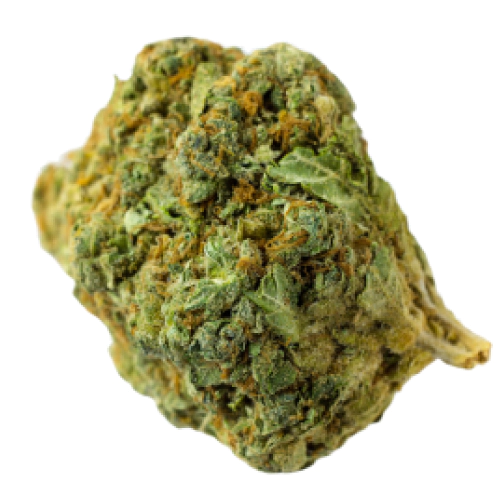
THC 10.4 - 14%
CBD 2.08 - 2.3%
Effect Relaxed
Flavor Sweet
THC 19 - 21%
CBD 1.02 - 1.28%
Effect Euphoric
Flavor Spicyherbal
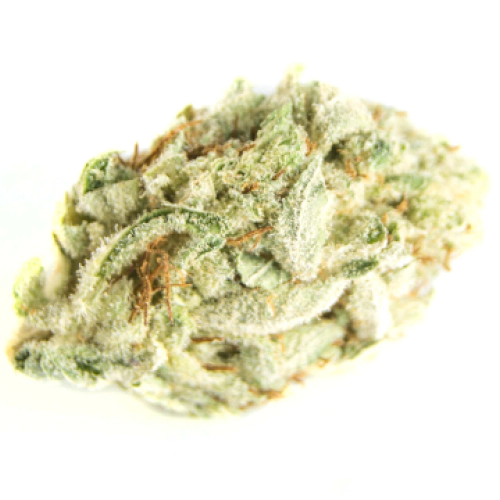
THC 19 - 23%
CBD 0.13 - 0.29%
Effect Uplifted
Flavor Sweet
THC 18 - 22.5%
CBD 0.31 - 1.25%
Effect Euphoric
Flavor Sweet
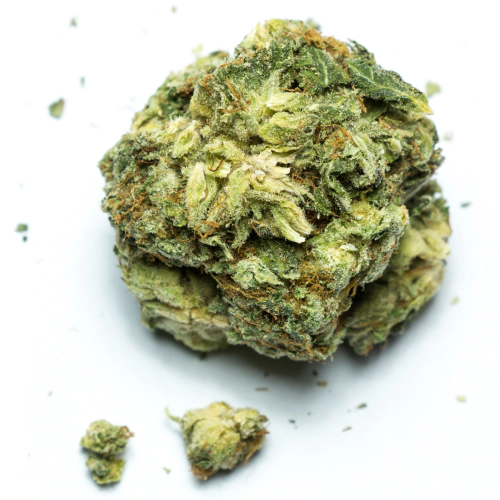
THC 20.5 - 24%
CBD 0.32 - 0.71%
Effect Uplifted
Flavor Rose
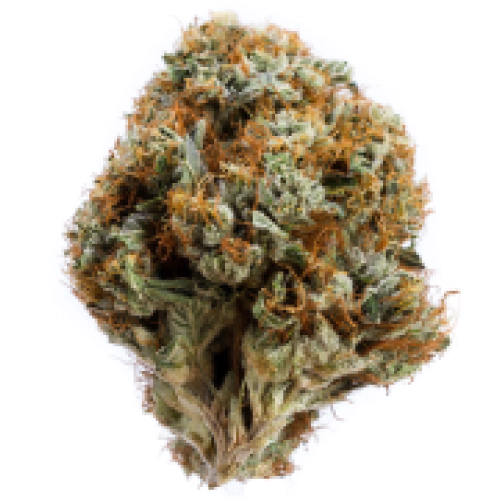
THC 14.4 - 16.8%
CBD 0.36 - 0.56%
Effect Relaxed
Flavor Spicyherbal
THC 22 - 23.75%
CBD 0.49 - 0.77%
Effect Sleepy
Flavor Sweet
THC 20.67 - 23.67%
CBD 0.98 - 1.28%
Effect Sleepy
Flavor Sweet
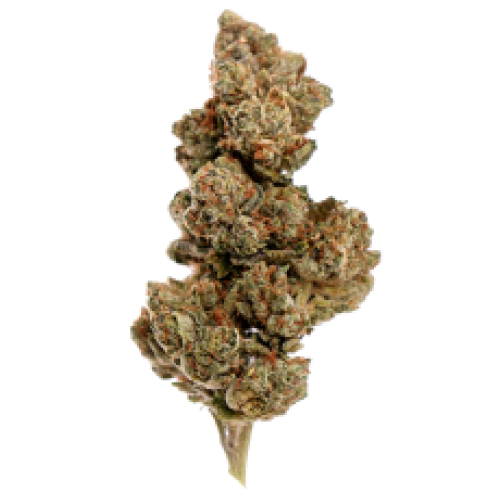
THC 20.33 - 23.17%
CBD 0.45 - 0.75%
Effect Sleepy
Flavor Pungent
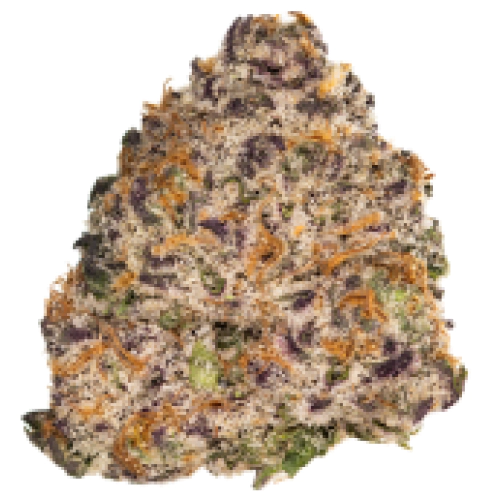
THC 13.58 - 12.5%
CBD 2.78 - 4.43%
Effect Euphoric
Flavor Spicyherbal
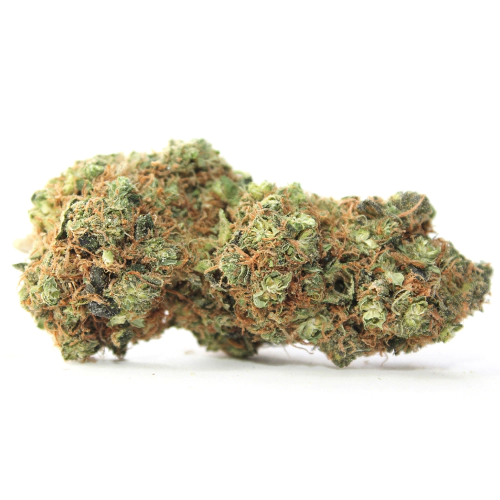
THC 16.32 - 18.58%
CBD 0.1 - 0.36%
Effect Happy
Flavor Skunk
THC 21 - 24%
CBD 0.41 - 0.93%
Effect Concentrated
Flavor Lemon
THC 19.67 - 21.33%
CBD 0.91 - 1.3%
Effect Relaxed
Flavor Skunk
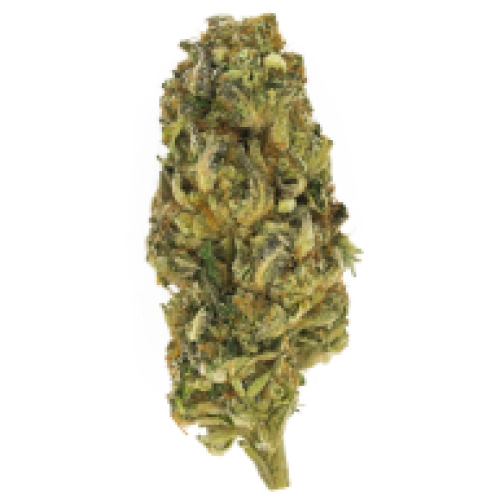
THC 18.67 - 21.67%
CBD 0.27 - 0.47%
Effect Relaxed
Flavor Pine
THC 8.5 - 22.5%
CBD 0.02 - 0.46%
Effect Giggly
Flavor Blueberry
THC 17.33 - 20.67%
CBD 0.66 - 0.76%
Effect Hungry
Flavor Skunk
THC 15 - 21%
CBD 0.39 - 0.82%
Effect Hungry
Flavor Lime
THC 16 - 19%
CBD 0.65 - 0.88%
Effect Sleepy
Flavor Cheese
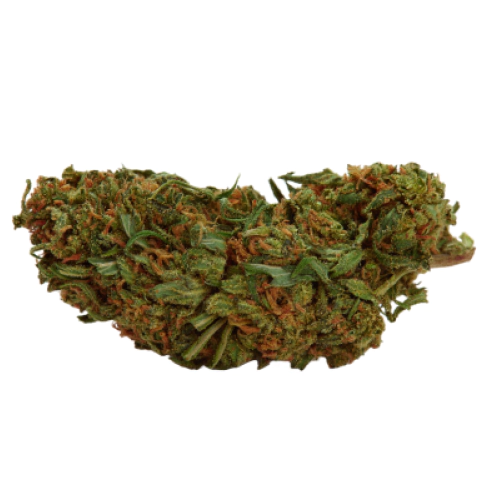
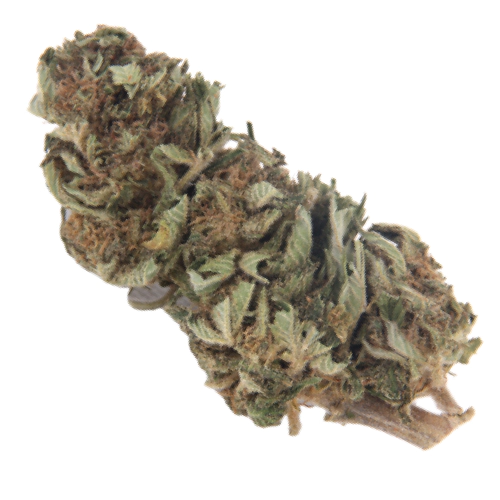
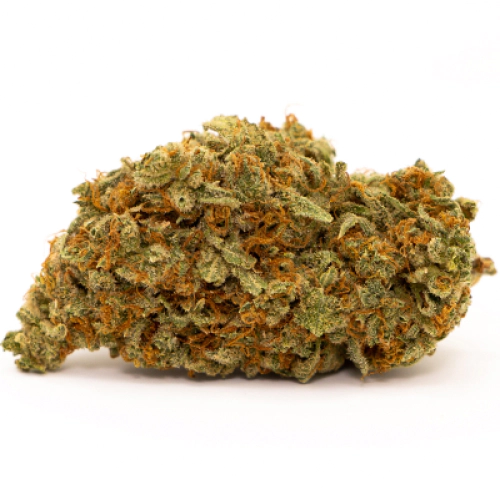
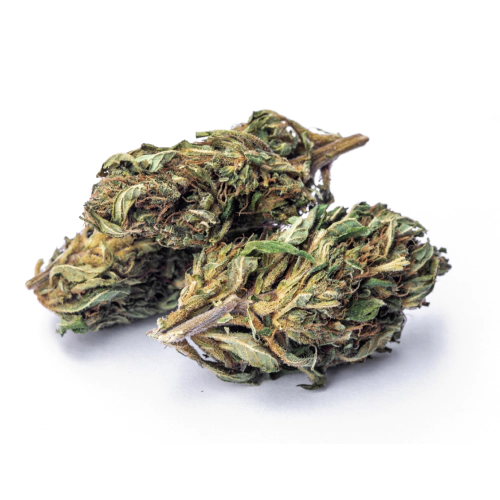
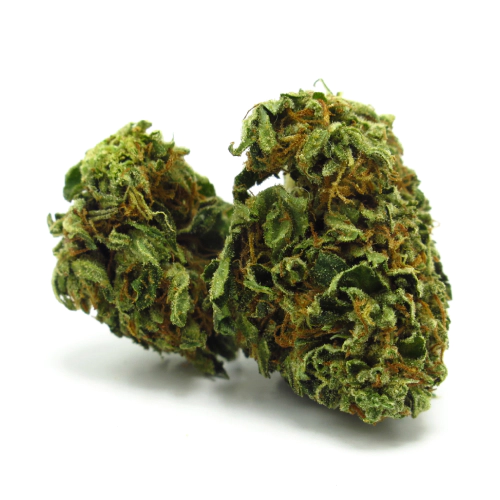
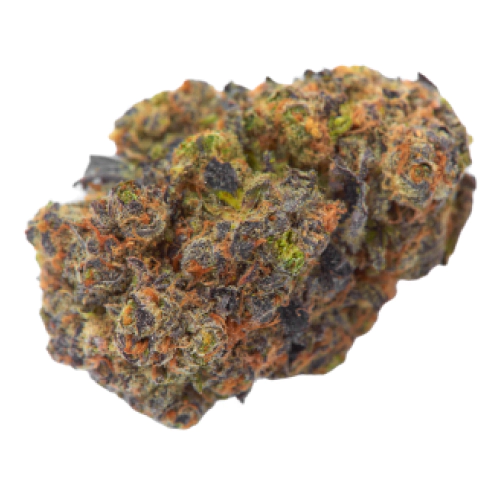
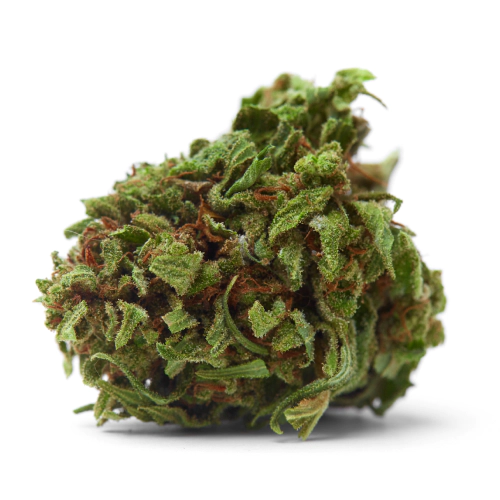
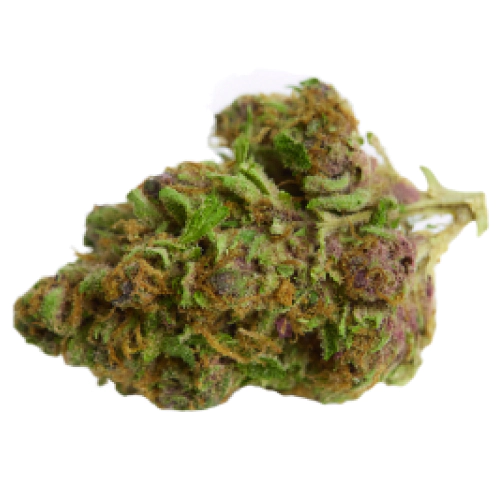
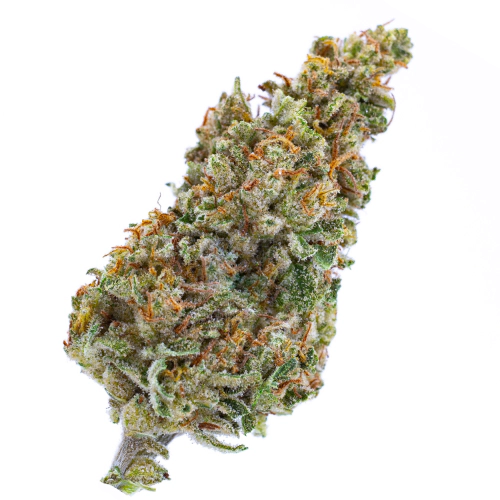
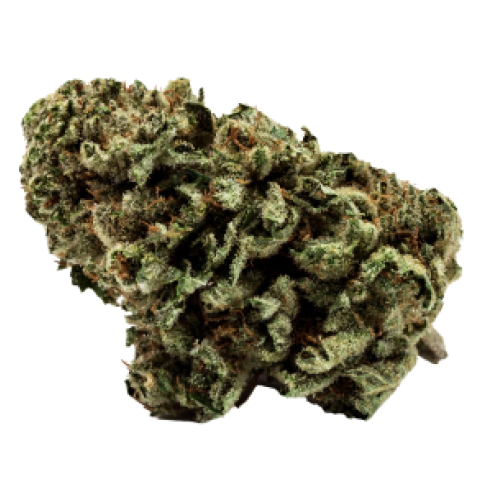
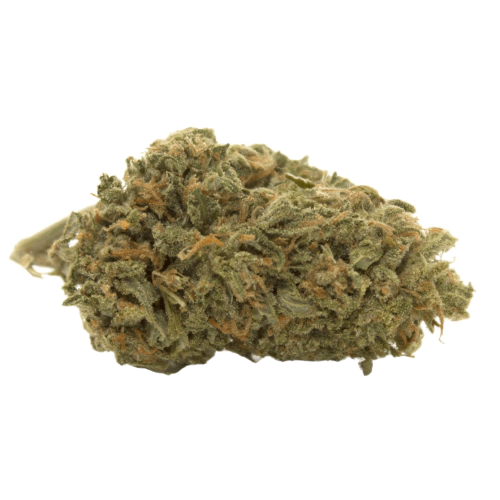
Be the first and share your opinion
Write a Review